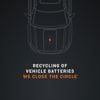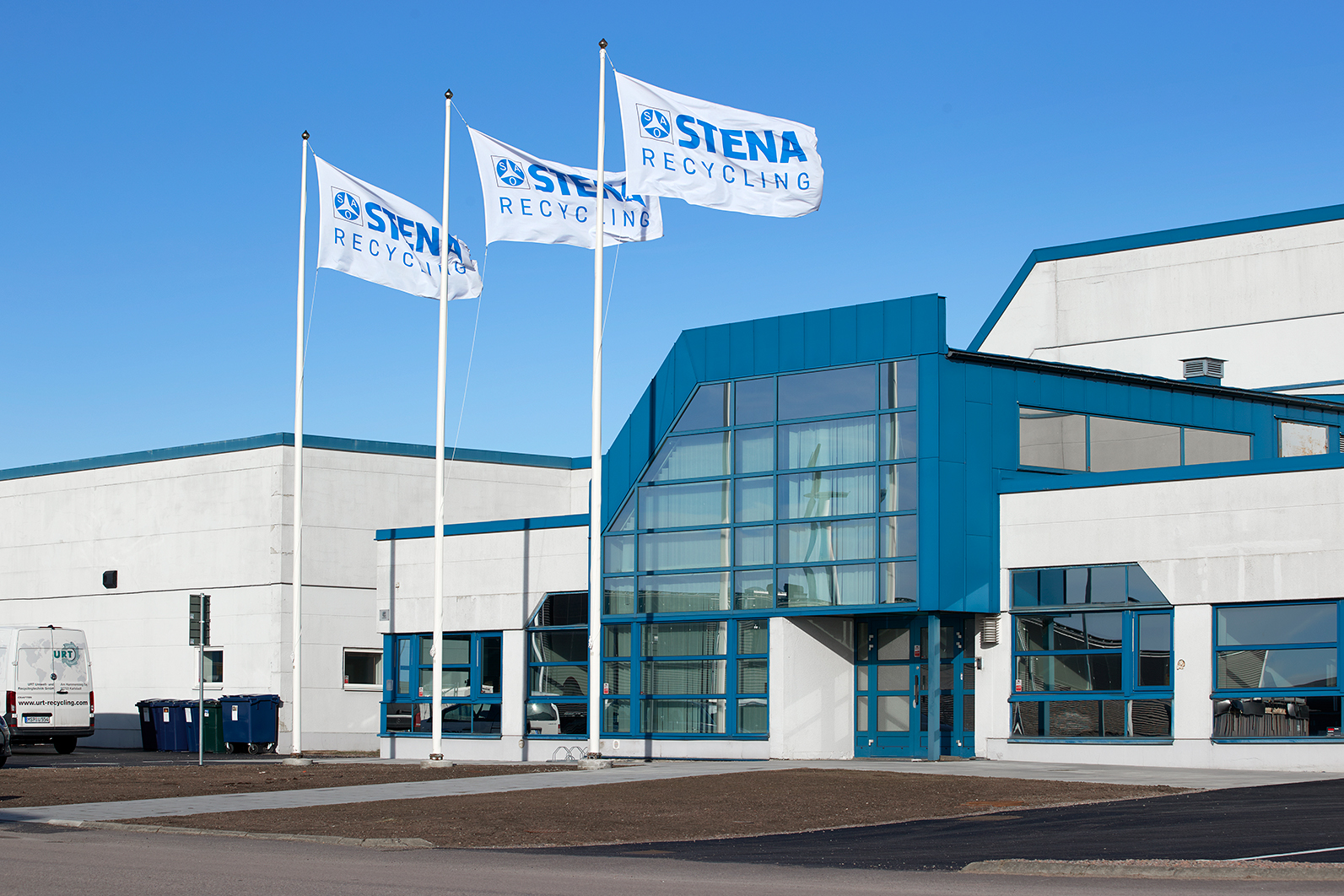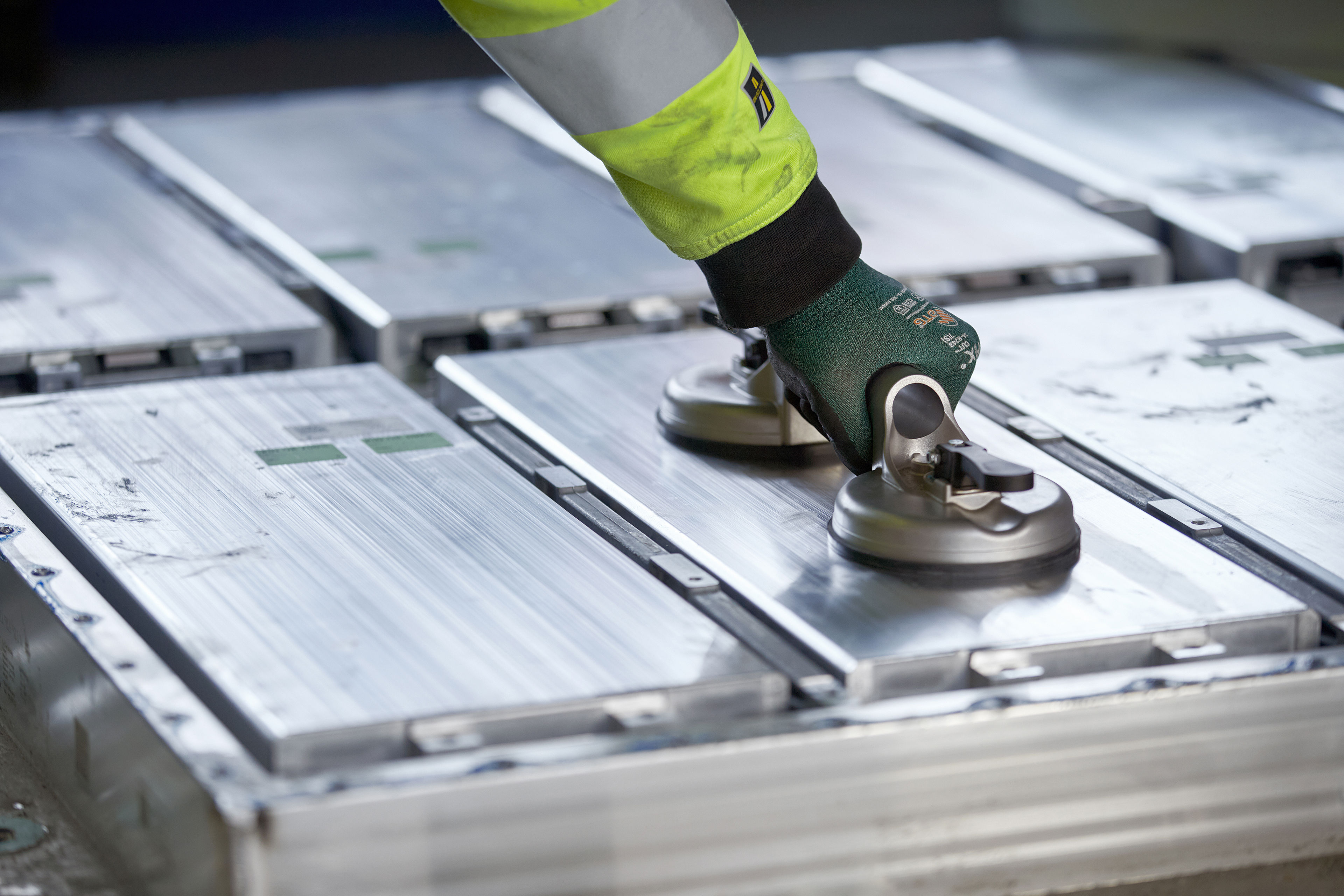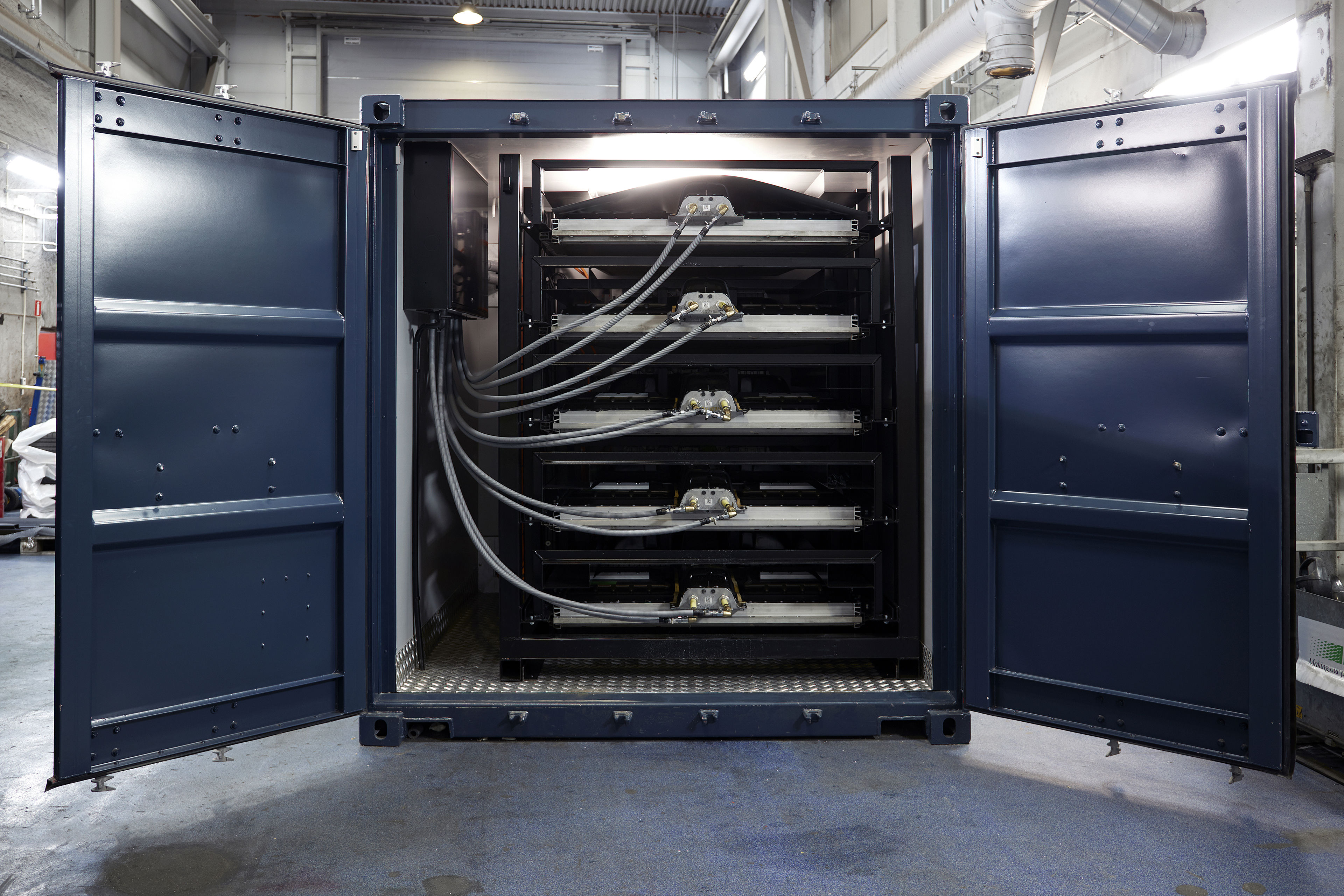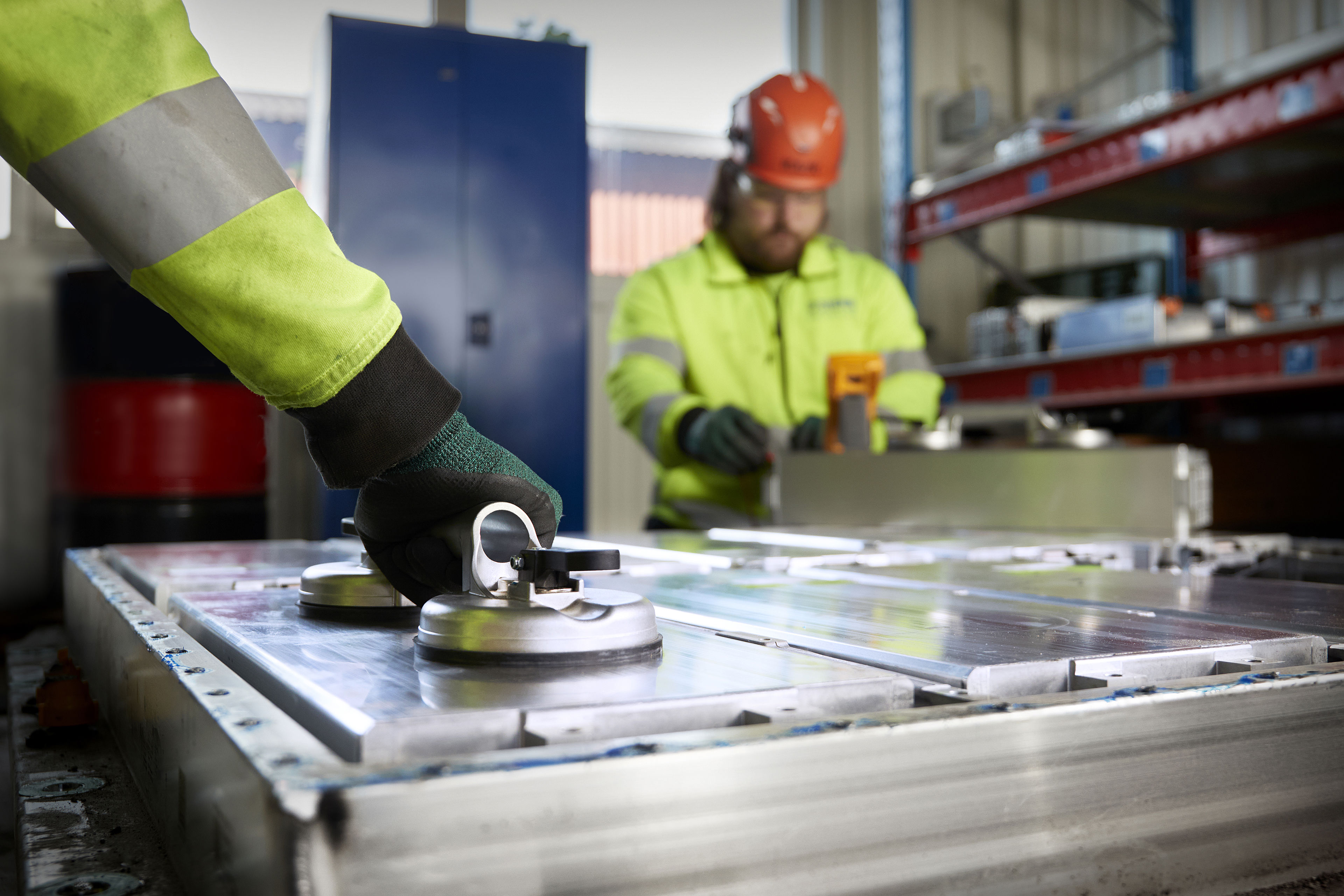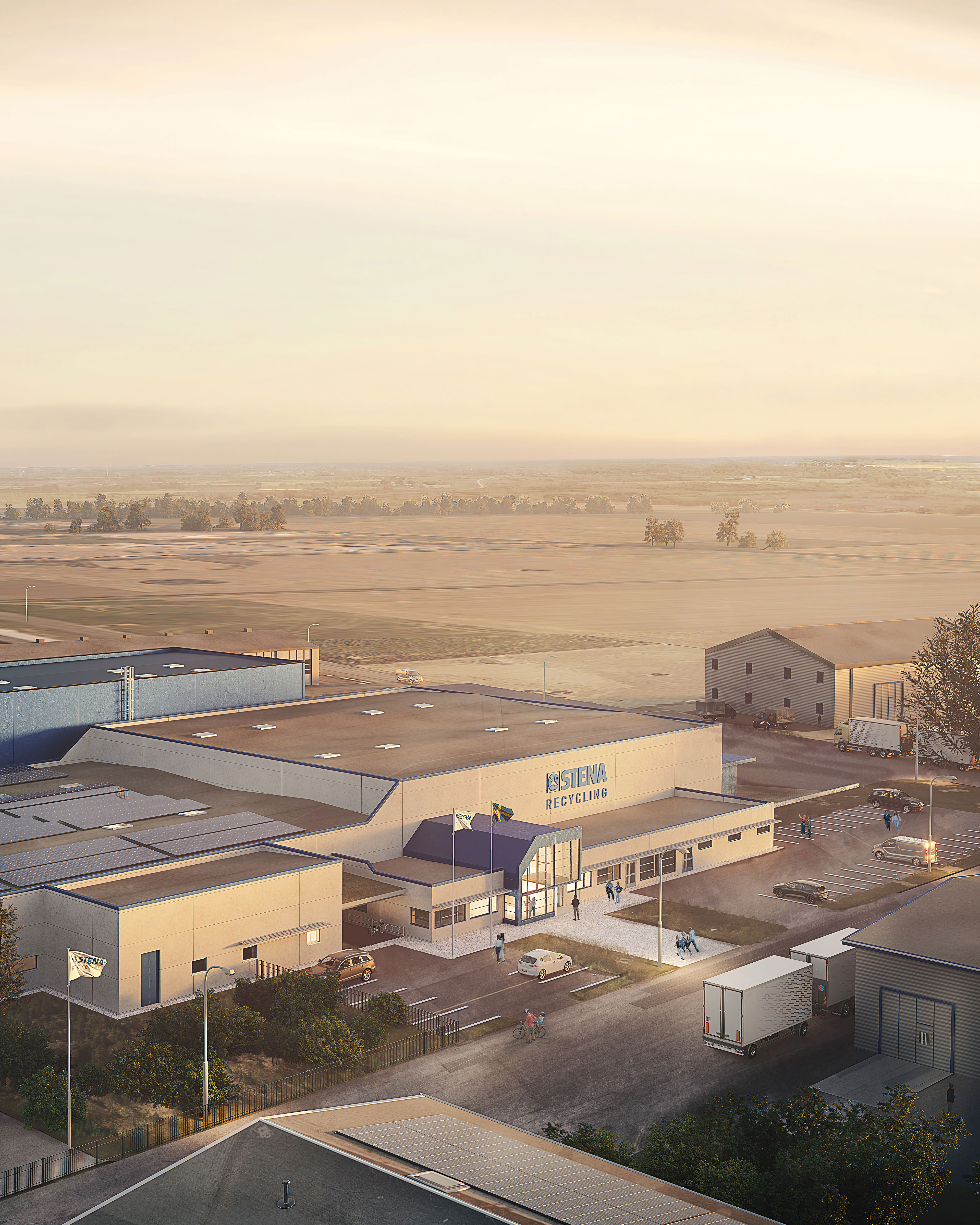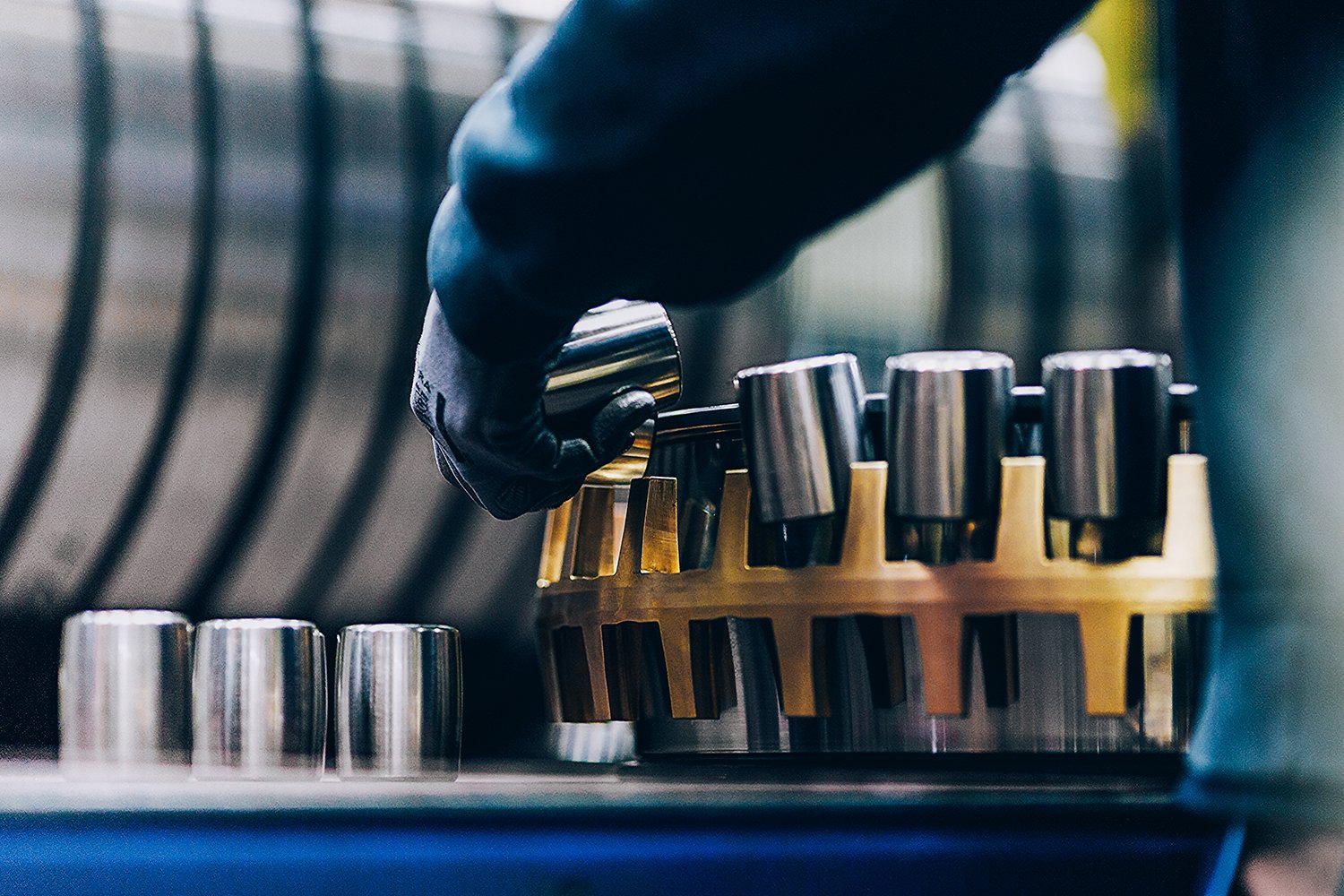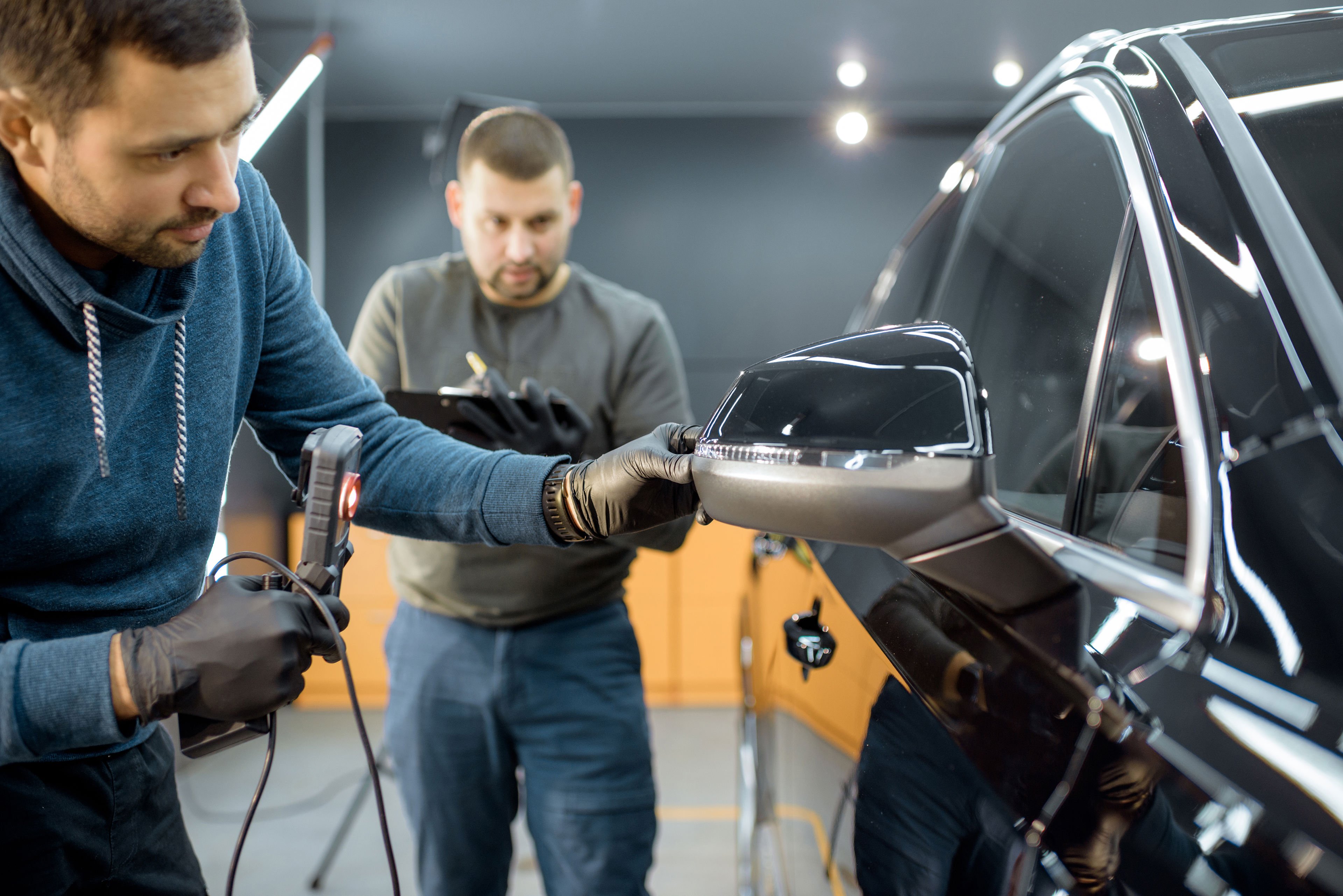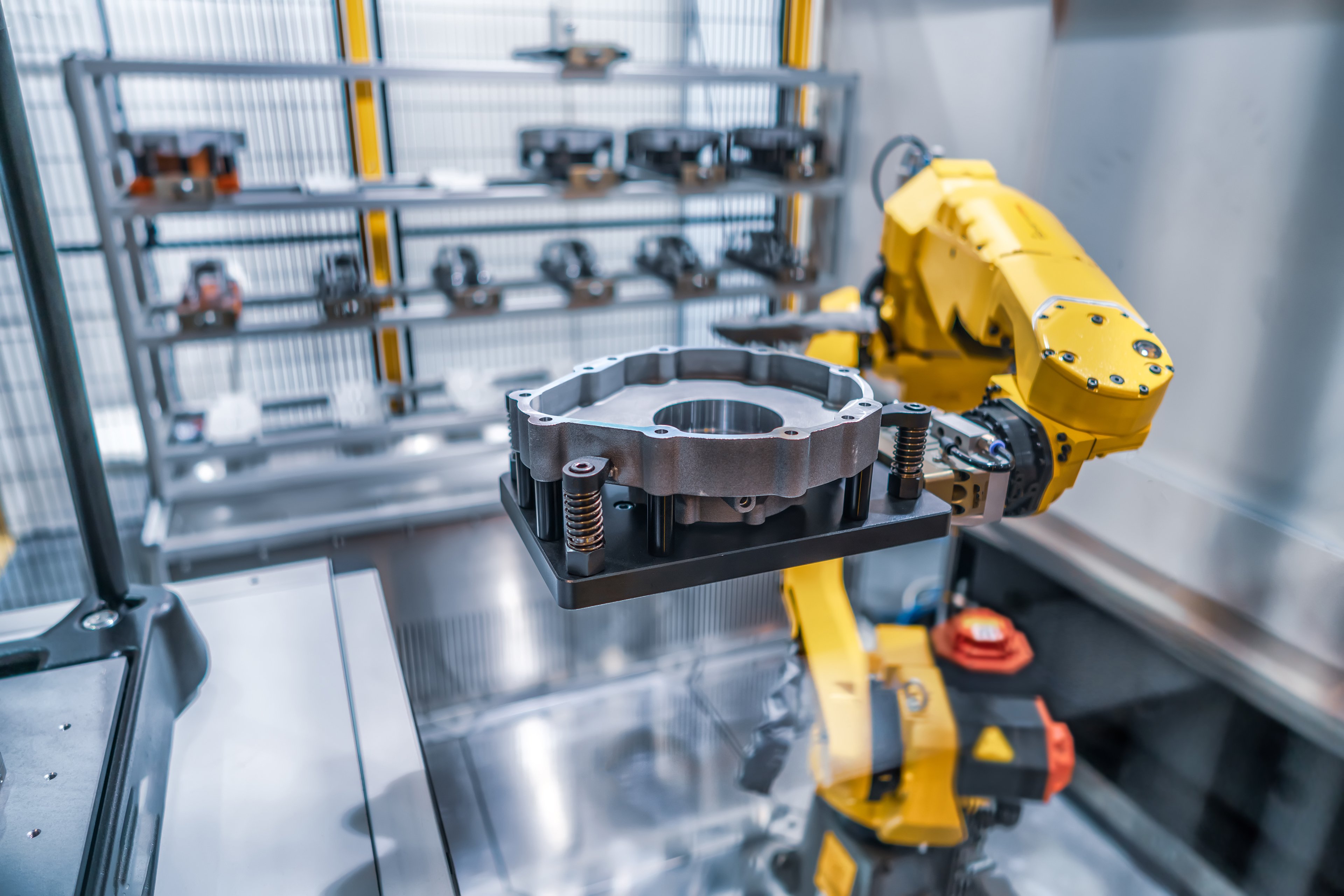After rigorous testing, all lithium-ion batteries that are deemed safe for reuse are documented and marked for traceability. They are then prepared for safe transportation before beginning a second life in new applications such as energy storage systems. Any batteries that can’t be reused are safely discharged, dismantled, and high levels of valuable material extracted. All types of lithium-ion batteries like LTO, LFP, LMO, NMC, LCO and NCA can be recycled, while the residual energy extracted from the batteries is either fed back to the grid or used in our recycling processes.
With our advanced recycling processes we can recover plastic, aluminium and copper. But most importantly, we can also extract critical resources such as lithium, cobalt and nickel in what is called black mass. The black mass is then further refined by our expert partners and valuable materials extracted using a hydrometallurgical process. The extracted material is then recycled for use in new batteries. We can arrange for one of our expert partners to refine the black mass for you, creating a closed loop, or we can deliver it to be refined by your own partner. In the proposed EU battery regulation, new lithium-ion batteries must contain a minimum of 12% cobalt, 4% lithium, and 4% nickel from non-virgin materials. Thanks to our investment and advanced processes, we can influence how much recycled raw material battery manufacturers use in their batteries and help reach this goal.
Through recycling or reuse on an industrial scale, Stena Recycling offers a safe, sustainable solution for your end-of-life lithium-ion batteries. Contact us and let’s work together to increase your battery recycling, reduce your climate impact and reduce costs.
